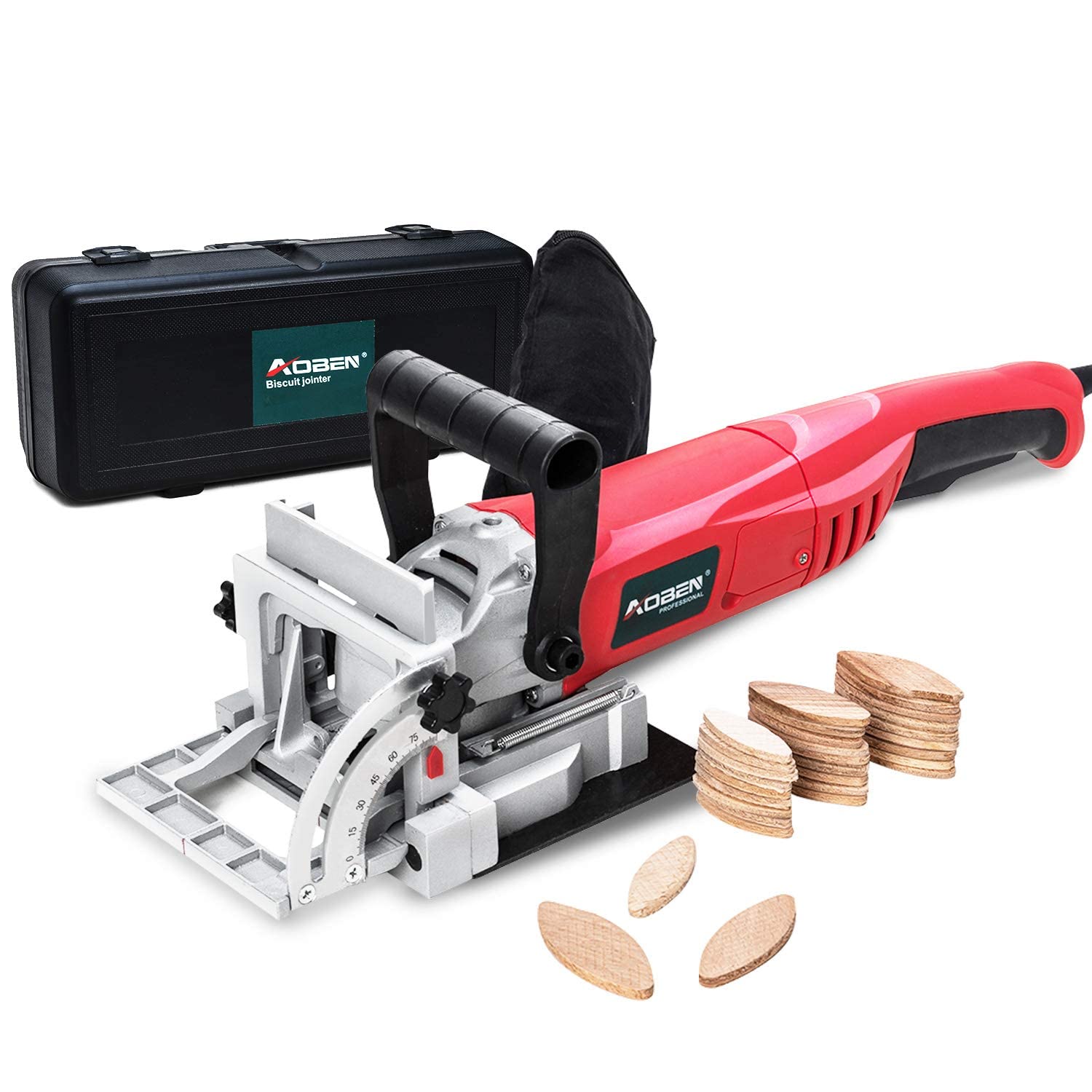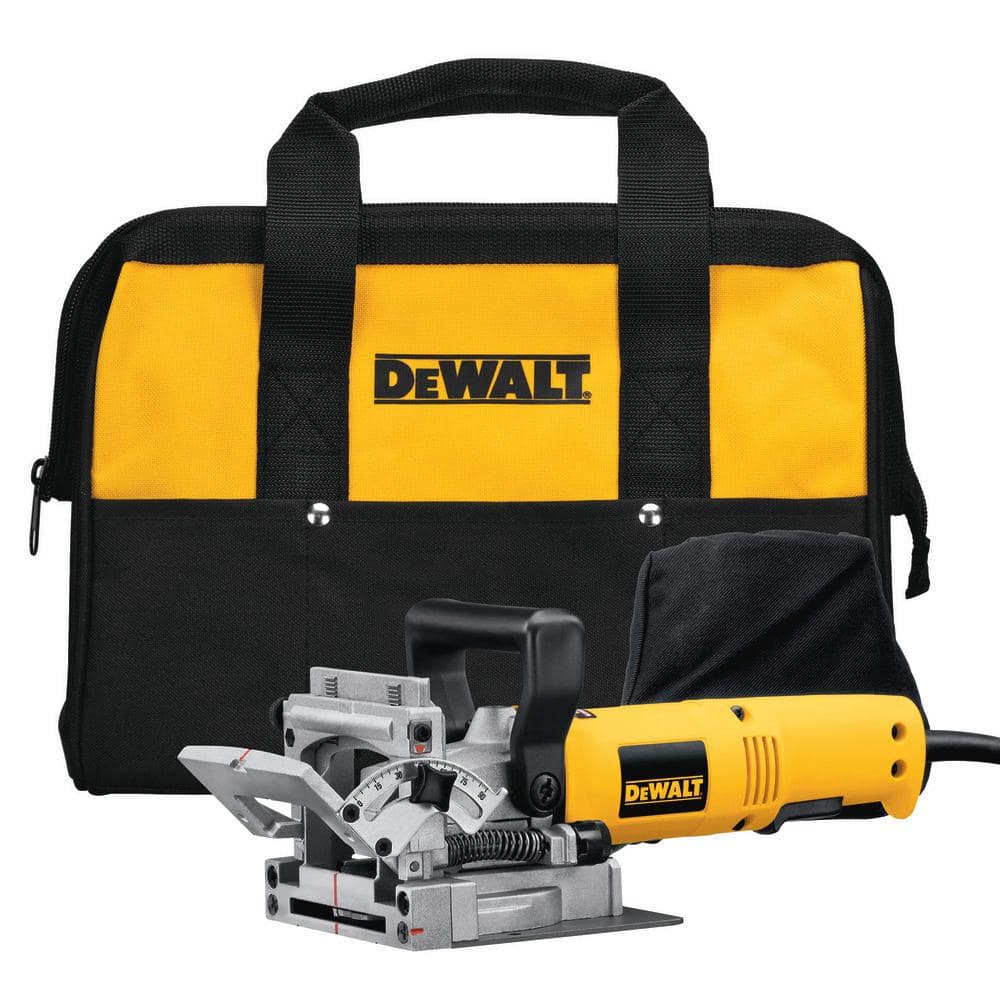Introduction
Biscuit cutter tools are a versatile and essential kitchen gadget for any baking enthusiast. Perfect for cutting dough, cookies, pastries, and other baked goods, biscuit cutter tools come in various sizes and shapes to cater to different needs. In this comprehensive guide, we will explore everything you need to know about biscuit cutter tools, including how to choose the right one, how to use it effectively, and how to maintain it for long-lasting durability.
Part 1: Understanding Biscuit Cutter Tools
Level 1: What is a Biscuit Cutter Tool?
A biscuit cutter tool, also known as a cookie cutter or pastry cutter, is a handheld kitchen utensil used to cut out shapes in dough and other similar materials. It typically consists of a sharp-edged, circular blade attached to a handle, allowing for precise cutting and shaping.
Level 2: Types of Biscuit Cutter Tools
Biscuit cutter tools come in a variety of shapes and sizes, including round, square, heart-shaped, star-shaped, and many more. They can also be adjustable, allowing for different size settings to suit various recipe requirements.
Part 2: Choosing the Right Biscuit Cutter Tool
Level 1: Factors to Consider When Choosing a Biscuit Cutter Tool
When selecting a biscuit cutter tool, consider the material, size, and shape. Stainless steel biscuit cutter tools are durable and resistant to rust, while plastic and silicone options are lightweight and easy to handle. Additionally, choose a size and shape that best suits the recipes you’ll be using it for.
Level 2: Recommended Biscuit Cutter Tools
Some popular biscuit cutter tools to consider include the OXO Good Grips Stainless Steel Biscuit Cutter, the HULISEN Stainless Steel Round Biscuit Cutter Set, and the Ateco Fluted Round Cutter Set.
Part 3: Using a Biscuit Cutter Tool
Level 1: How to Use a Biscuit Cutter Tool
To use a biscuit cutter tool, simply press the sharp edge into the dough and twist to cut out the desired shape. Ensure even pressure for clean, precise cuts. Avoid twisting back and forth, as this can result in jagged edges.
Level 2: Tips for Using a Biscuit Cutter Tool
For best results, dip the edge of the biscuit cutter tool in flour between each cut to prevent sticking. Additionally, avoid pressing too hard, as this can cause the edges of the dough to seal and prevent proper rising during baking.
Part 4: Maintenance and Care of Biscuit Cutter Tools
Level 1: How to Clean a Biscuit Cutter Tool
Most biscuit cutter tools are dishwasher safe, making cleaning a breeze. However, for handwashing, simply use warm, soapy water and a brush to remove any dough or residue.
Level 2: Storing Biscuit Cutter Tools
To prolong the life of your biscuit cutter tool, store it in a dry, well-ventilated area to prevent rust or corrosion. Consider hanging it or keeping it in a utensil drawer with adequate space to avoid damage.
Part 5: Creative Uses for Biscuit Cutter Tools
Level 1: Beyond Baking: Creative Ways to Use Biscuit Cutter Tools
Aside from cutting dough for baking, biscuit cutter tools can also be used for shaping fruits, vegetables, and other foods for decorative purposes. Use them to create fun shapes for sandwiches, pancakes, and even homemade pasta.
Level 2: Kid-Friendly Baking with Biscuit Cutter Tools
Get kids involved in the kitchen by using biscuit cutter tools to make fun and creative snacks. Let them cut out shapes in cookie dough, playdough, or soft cheeses for a hands-on, culinary experience.
Part 6: Types of Biscuit Cutter Tools
There are several types of biscuit cutter tools available in the market, each designed for different purposes and preferences. The most common types include hand-held biscuit cutters, rotary biscuit cutter, and electric biscuit cutters.
Hand-held biscuit cutters are the most basic and affordable option. They are typically made of stainless steel or plastic and come in various shapes and sizes. These cutters are easy to use and can be operated with one hand, making them suitable for small baking projects.
Rotary biscuit cutters feature a wheel with multiple interchangeable disks to create different sizes and shapes of biscuits. They are ideal for large-scale baking or creating a variety of biscuit designs. The rotating mechanism allows for precise cutting and consistent results.
Electric biscuit cutters are powered by electricity and are designed for commercial use or professional bakers. These cutters can produce a large quantity of biscuits in a short amount of time, making them efficient and time-saving. They are equipped with various settings to adjust the thickness and shape of the biscuits.
When choosing a biscuit cutter tool, consider the frequency of use, the quantity of biscuits to be made, and personal preferences in terms of size and shape. Each type of biscuit cutter tool has its own advantages and disadvantages, so it’s important to select the one that best suits your baking needs.
Part 7: Maintenance and Care of Biscuit Cutter Tools
In order to ensure the longevity and performance of biscuit cutter tools, proper maintenance and care are essential. Here are some tips to keep your biscuit cutter in top condition:
- Clean the biscuit cutter tool thoroughly after each use to remove any dough or residue. Use warm soapy water and a brush to scrub the cutter, then rinse and dry it completely.
- Store the biscuit cutter in a dry and cool place to prevent rust or corrosion. If the cutter is made of metal, apply a thin layer of oil to protect it from moisture.
- Inspect the blades or disks of the biscuit cutter for any signs of wear or damage. Replace them as needed to ensure clean and even cuts.
- Avoid exposing the biscuit cutter to extreme heat or temperature changes, as this can affect its performance and durability.
By following these simple maintenance steps, you can prolong the life of your biscuit cutter tool and continue to enjoy perfectly shaped biscuits for years to come.
Part 8: Tips for Using a Biscuit Cutter Tool
Using a biscuit cutter tool may seem straightforward, but there are some tips and tricks that can help you achieve the best results:
- Before cutting the dough, lightly flour the biscuit cutter to prevent it from sticking to the dough.
- Press the biscuit cutter firmly into the dough and avoid twisting it, as this can cause the biscuits to lose their shape.
- For even baking, place the biscuits on a parchment-lined baking sheet and leave some space between each biscuit to allow for expansion.
- To create a flaky texture, avoid overworking the dough when using a biscuit cutter. Overworking can result in tough and dense biscuits.
- Experiment with different shapes and sizes of the biscuit cutter to add variety to your baking repertoire. Don’t be afraid to get creative with your biscuit designs!
By following these tips, you can make the most of your biscuit cutter tool and produce delicious and visually appealing biscuits every time.
Conclusion
Biscuit cutter tools are a versatile and practical addition to any kitchen, offering endless possibilities for baking and beyond. By understanding the types, choosing the right one, learning to use and maintain it, and discovering creative uses, you’ll be well-equipped to make the most of this essential baking tool. Whether you’re a seasoned baker or just starting, a biscuit cutter tool is a must-have for your kitchen arsenal.
In conclusion, the biscuit cutter tool is a versatile and handy tool to have in the kitchen. It can be used for cutting biscuits and cookies, as well as for various other culinary tasks, such as shaping pancakes, cutting cake layers, creating dough circles, and molding other foods. Its simple yet effective design makes it a must-have tool for any home cook or professional chef.



